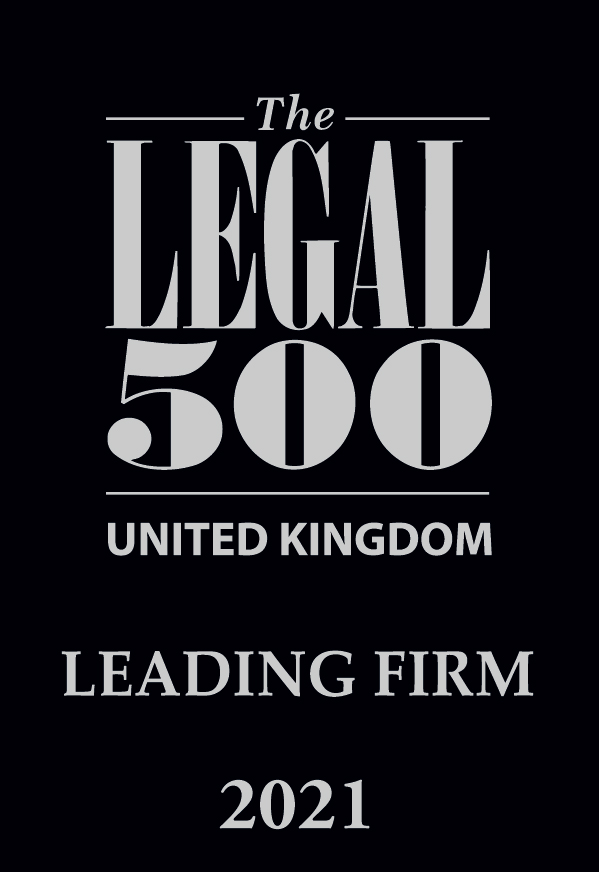Blog
Dress code guidance issued

The Government Equalities Office has published guidance on dress codes and sex discrimination.
In the last few years, dress codes have come under fire. A story emerged of a worker being sent home for not wearing high heels and numerous reports have surfaced of employees feeling uncomfortable because they have been asked to wear provocative clothing and/or apply more makeup to enhance their image.
In January 2017, the Women and Equalities Commission and the Petitions Commission was concerned that the law was not providing sufficient protection to employees from discriminatory dress codes. The government responded that all employers should re-assess their dress codes to ensure they are ‘relevant and lawful’. They concluded that the law is ‘adequate,’ but they admitted that some employers are not aware of the law or deliberately choose to break it and guidance would be issued.
Although this does not contain any big surprises, it does highlight some key points that all employers need to remember:
Rules for men and women
The rules for men and women do not have to be identical, but there should be equivalent standards.
It provides some useful examples. So if, for example, you require female employees to wear high heels, but have no footwear requirement for men, this will likely amount to direct sex discrimination.
Remember that under the Equality Act, a prospective or actual employee is directly discriminated against by another person if they treat the individual less favourably than they treat others and this is because of a protected characteristic.
It is not just sex discrimination you need to worry about. The rule above could also constitute indirect disability discrimination because the requirement to wear heels can worsen any mobility difficulties an employee may have.
Indirect discrimination occurs when a company’s policies, procedures or rules which apply to everyone has the effect that people with a certain protected characteristic are put at a disadvantage when compared with those who do not share it.
Harassment
It reiterates that rules on work attire must not be ‘a source of harassment by colleagues or customers’.
Therefore, if an employer requires both male and female employees to wear provocative clothing, this will not be direct discrimination, but it can be a factor to employees feeling exposed to harassment.
Gender-specific requirements
It advises employers to shun ‘gender-specific requirements’. For instance, requirements to wear high heels, makeup or a certain hairstyle are likely to be considered unlawful, assuming that there is no equivalent standard for male employees.
Transgender employees
Transgender employees should be permitted to adhere to the rules ‘in a way which they feel matches their gender identity’.
Religious symbolism
It goes on to say that ‘Britain is an integrated and cohesive society with a proud tradition of religious tolerance within the law. Employers should be flexible and not set dress codes which prohibit religious symbols that do not interfere with an employee’s work’.
Dress codes in writing
If you decide to adopt a dress code or appearance code, it should be written down in a policy which should be communicated to all staff so they understand what standards are expected from them. Your Ellis Whittam Employment Law Adviser can draft it for you, taking into account your sector.
Do you need support?
Speak to us for an honest, no obligation chat on:
0345 226 8393 Lines are open 9am – 5pm





